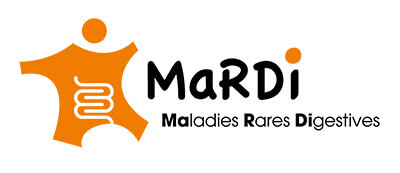Definition and clinical description
Symptoms and prevalence
Diarrhoea appears during weaning from breastmilk, when sucrose and dextrin-maltose (starch) are introduced, and disappears when digestion is at rest. It is associated with abdominal bloating.
Quite commonly, diagnosis is made in the context of an apparently trivial acute infectious diarrhoea, wherein refeeding is difficult or even impossible with a rehydration solution containing sucrose or a protein hydrolyzate, which in fact contains maltose dextrins.
In addition, their administration in continuous enteral nutrition can mask the symptoms.
In Europe, prevalence is estimated at 1 case per 5,000 people.
Diagnostic method
Diagnosis is clinical, and essentially based on:
The disappearance of diarrhoea at digestive rest and its fairly immediate reappearance during refeeding.
The presence in the stools of sugar identifiable with a simple test strip and lowering in pH of the stool, although measurement is often difficult.
It is validated by the breath test: after ingestion of sucrose (2g/kg), appearance of rather explosive diarrhoea often associated with abdominal bloating, the presence of sugar and lowered pH in the stool. Blood sugar remains unchanged.
Molecular diagnosis is possible and allows genotyping of the deficiency which variably affects enzymatic activities.


